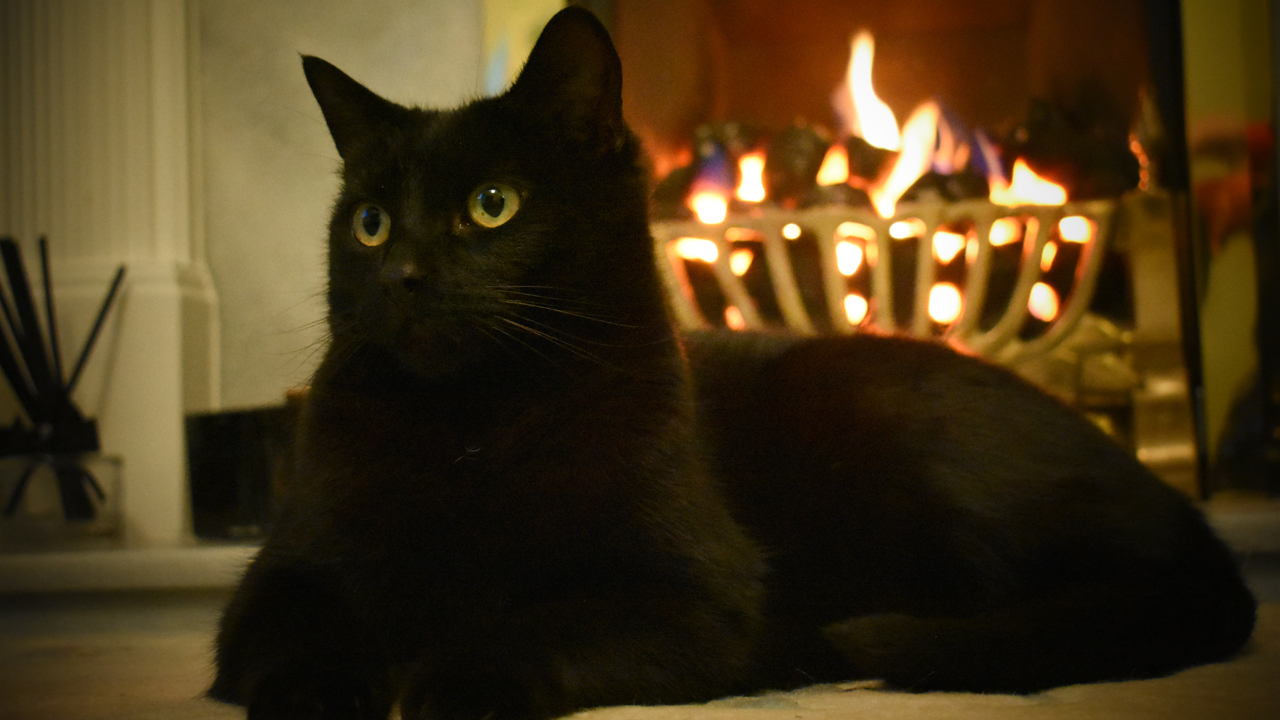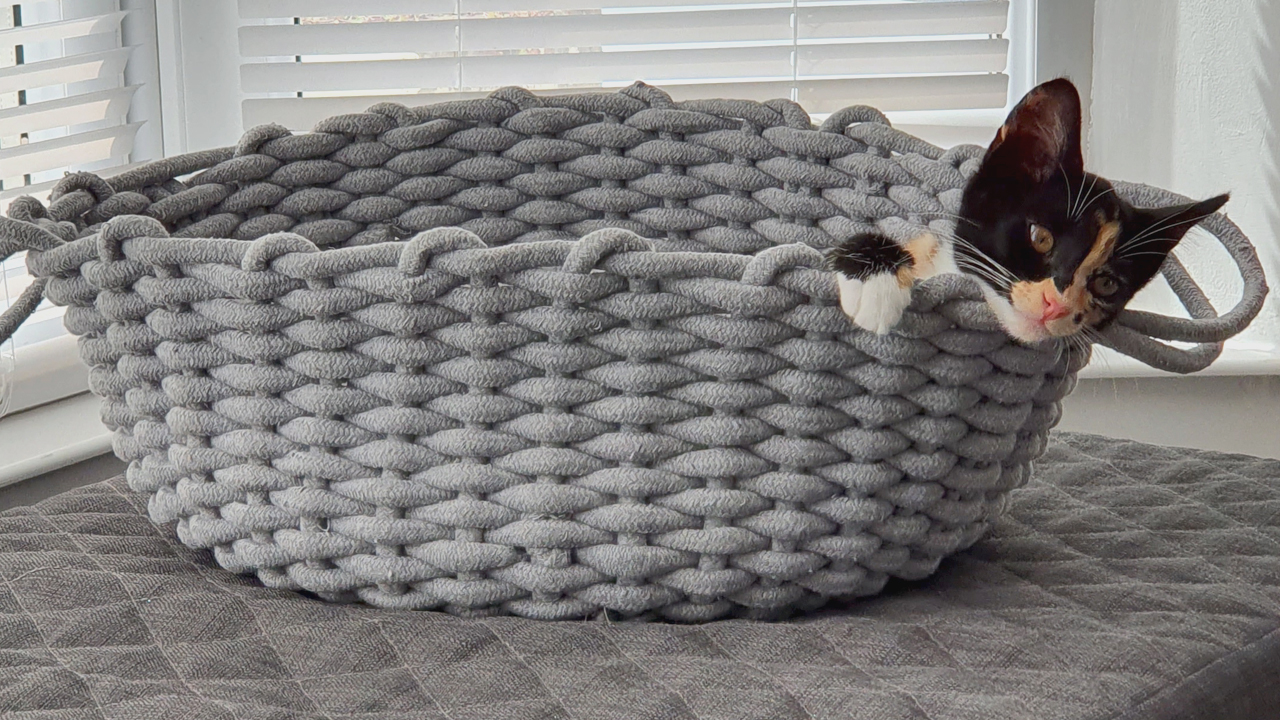How to master cat photography
Get your paw-tner looking picture purrfect with our top tips on mastering cat photography

Knowing how to master cat photography is a real skill. If you’ve ever tried to actually photograph your cat seriously, with either a camera phone or a proper camera, then you know that you’d have more luck getting a family of forty to pose for a portrait than you do of getting little Chester to slow down long enough to say cheese for the camera.
We’re a world that loves our cats and who can blame us. With their hilarious antics, quirky behaviour and adorable facial expressions most of us humans are totally the smitten kittens when it comes to our feline companions.
But trying to capture it all on camera so you can show your family and friends exactly how awesome your little bundle of joy is, can prove more than a little exasperating. Thankfully our top tips on how to photograph your cat will have your paw-tner portrait ready in no time.
Work with your cat’s breed
If your cat puts the fur into fur baby then you’ve likely got a slightly lazier and more placid cat on your hands. Furry breeds like Persians and Ragdolls are less active adventurers and more notorious nappers so seated and lying-down shots work beautifully.
For the more turbo-charged agile breeds, think Bengal and Siamese, capturing them climbing trees or hanging off tall surfaces can work a treat but for best results wait until the end of the day when they’ve burned off some energy and will be more inclined to stand still.

Capture their personality
Have a grouchy little grumpy cat or a sunny side up snuggler on your hands? Play into your cat’s unique personality by shooting snaps that tell a story about who they are. Who knows, post them on social media and your fur baby might just be the next big cat-fluencer.
Unlike dogs, cats are not command orientated so telling Simba to sit is more likely to result in a glare than a grin. The good news is that while not as agreeable as dogs, cats do have an achilles heel - their curiosity.
Get the best advice, tips and top tech for your beloved Pets
Try using moving toys, like a feather attached to a piece of string to capture their attention, or if you’re wanting them to look directly at you and the camera then some gentle noise is a great way to do that. Not sure what to use? Try their favorite sound and rustle a bag of cat treats. You’ll have them eating out of the palm of your hand in no time.
Get closer and use angles
Distance is key. You want to be close enough that your cat doesn’t lose interest in the camera but far enough away that they don’t get distracted and want to rub up against you. Aim for three feet, which is likely to be the sweet spot.

The type of shot you’re after will dictate the angle you use. For close up photos, where you’re wanting to capture your kitty’s beautiful features, use a high angle where you’re pointing the camera downwards. For actions shots of your cat climbing a tree or tall structure, crouch down and use a low angle where you’re pointing your camera up.
Don't forget that if your camera or phone has aperture control, this is the best way to make your cat stand out against the background. Aim for a low aperture (f) number if you want to blur the background and let more light in. Higher apertures will capture more of the image in focus, and can darken a scene if it's too bright.
What about black cats?
Black cats are the toughest to photograph, and it's widely known that poor black mogs are less popular because it's more difficult to get a selfie with them. For black cats, it's all about the way you frame them. They can look distinguished in the right setting, so anything with a fireplace or old furniture really brings this out.

Capturing the eyes of your black cat is key, as this frames their face, so make sure they're not asleep or yawning. Shoot against a light background where you can, or at the very least, light them in a way that brings out their full body shape. Black cats, sadly, get lost in darker backgrounds, so lighting is key.
Choose your moment (and burst is your friend)
Patience is the number one 'skill' you need to capture great images of your kitty. Just like when you’re moving that string back and forth in front of your cat, sometimes you and your camera need to be prepared to sit for a minute and wait for the perfect moment to pounce. Watch for the bum wiggle as a sign they're about to pounce. Of course, it doesn't have to be all action - cats express their personality, or just look cute, when they're investigating and playing, so keep an eye on them and be prepared to snap a picture when they look adorable.

If you’ve got an unpredictable little dude or dudette on your hands who likes walking on the wild side of life then you’re going to want to use burst mode, a continuous high-speed setting that allows you to take several shots in quick succession. While it will fill up your camera memory quickly, it’s worth it to get the best photo of your feline fur baby.

Kathryn is a freelance writer who has been a member of the PetsRadar family since it launched in 2020. Highly experienced in her field, she's driven by a desire to provide pet parents with accurate, timely, and informative content that enables them to provide their fur friends with everything they need to thrive.
Kathryn works closely with vets and trainers to ensure all articles offer the most up-to-date information across a range of pet-related fields, from insights into health and behavior issues to tips on products and training.
When she’s not busy crafting the perfect sentence for her features, buying guides and news pieces, she can be found hanging out with her family (which includes one super sassy cat and a kitten), drinking copious amounts of Jasmine tea and reading all the books.
She has written for a range of publications, including Fit&Well, Top Ten Reviews, LiveScience, Goodto, and Product Hunt.
